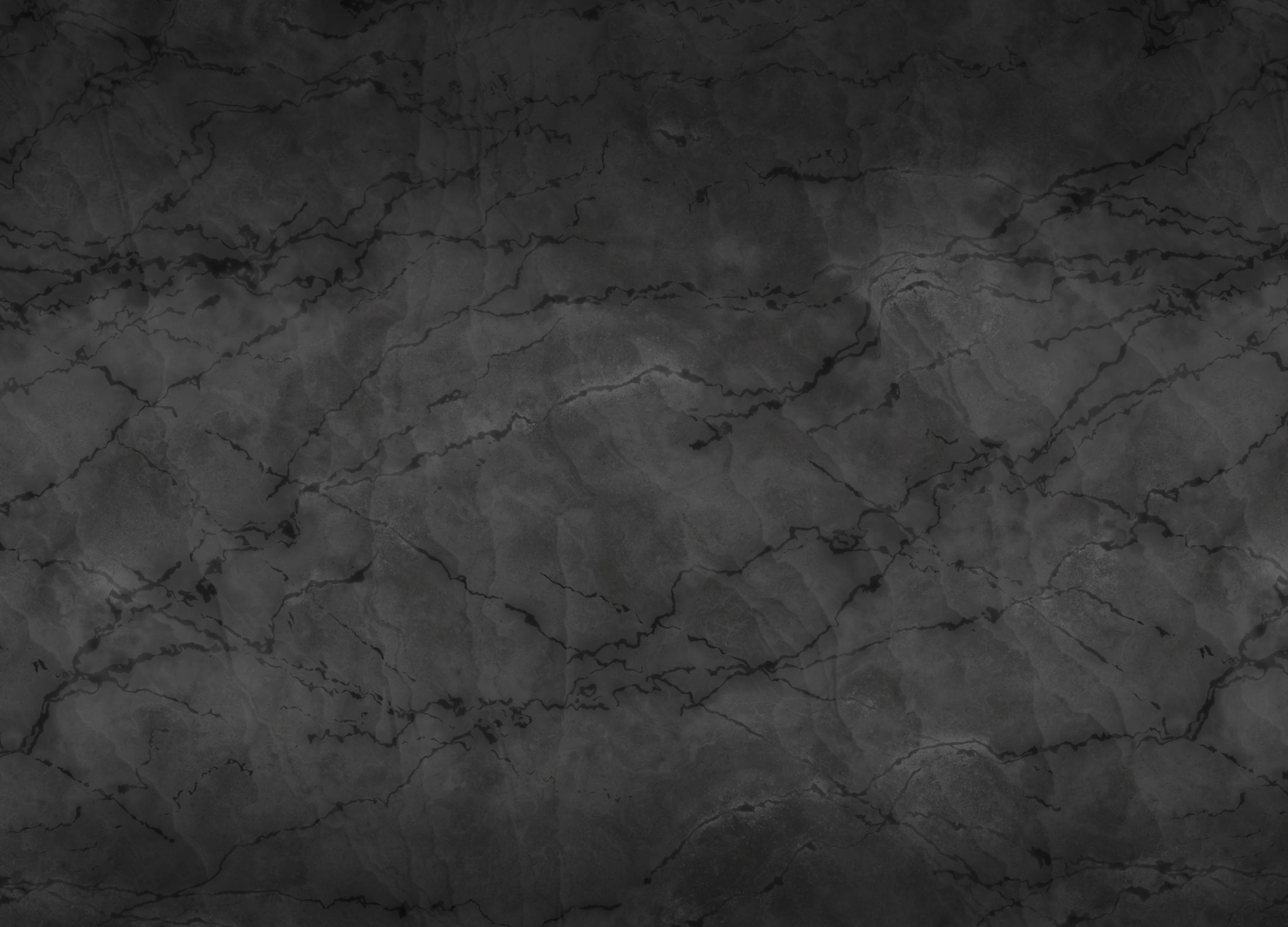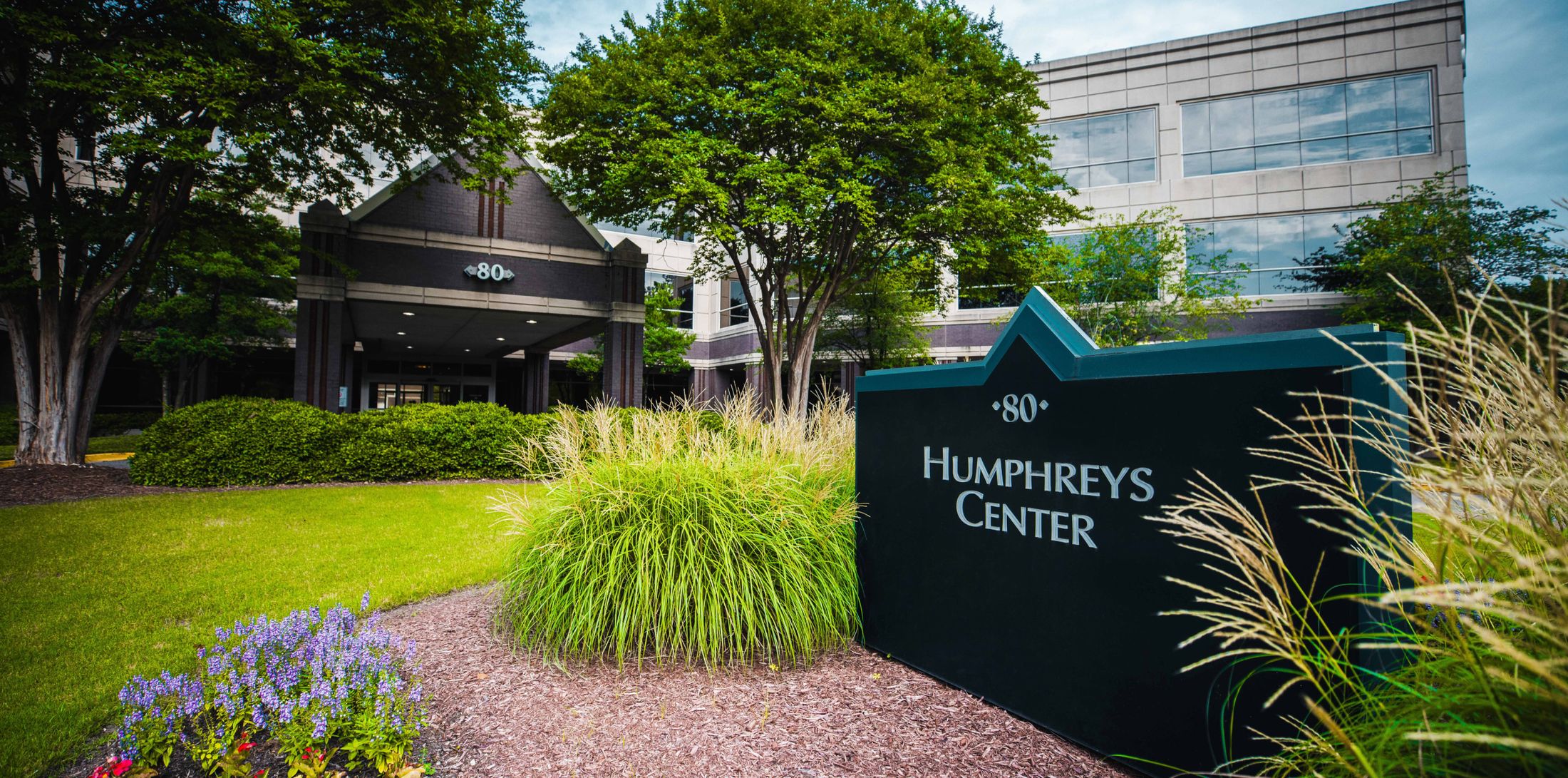

The Basics of Getting a Nose Job
At Plastic Surgery Group of Memphis, we see people every day who want to improve areas of their body that have made them self-conscious. One of the most common procedures we discuss—and perform—is a rhinoplasty, also known as a nose job. Even if you’ve been unhappy with the appearance of your nose, going under the knife can feel intimidating. That’s why our team is covering all of the basics of getting a nose job. From scheduling your procedure to the recovery, the PSG of Memphis team has your back.
Who Can Benefit from a Nose Job?
Just about anyone is a candidate for a nose job, but the only way to know which type is to consult a professional. Some of the factors that we consider when determining if someone is a candidate for rhinoplasty include:
- Age—the nose’s skeletal structure must be fully developed to have a nose job, typically around 16 years old.
- Patient health—you should be in good health before getting a nose job. If you have diabetes, heart conditions, bleeding disorders, lung disease, or high blood pressure, you should consult with your regular physician before considering a rhinoplasty.
- Expectations—it’s important to have realistic expectations regarding your nose job, so we’ll ensure you know exactly what to expect.
- Functionality—if you have a nasal obstruction, deviated septum, or other conditions that disrupt breathing, a rhinoplasty in conjunction with airway surgery can help you breathe better.
- Cosmetic concerns—a nose that is out of proportion to the rest of your features can make you feel self-conscious, but a nose job can address many of the most common concerns, including bumps and asymmetry.
Types of Nose Job
There are several types of rhinoplasty available depending on your needs and goals for treatment.
Augmentation Rhinoplasty
If you feel like your nose is too small for your face, an augmentation can help you get the size and shape you want using bone and tissue grafting. Implants and cartilage grafts are mostly permanent, so you’ll have one procedure and enjoy long-term results.
Filler Rhinoplasty
Injectable fillers are a non-permanent solution to smooth uneven areas in the nasal structure. The results of a filler rhinoplasty last between 12 and 18 months on average.
Reduction Rhinoplasty
If you’re unhappy with the size of your nose, a reduction rhinoplasty could be your solution. During this procedure, we can also reshape the nostrils and tip of the nose.
Reconstruction Rhinoplasty
If you’ve lost a portion of your nose due to an accident, injury, or illness, reconstruction can restore the function and appearance of your nose.
The Process of Getting a Nose Job
You’ll start by scheduling an appointment with one of our expert providers to discuss your concerns and goals. We’ll help you determine the best course of action, create your customized treatment plan, and schedule your surgery.
Rhinoplasty is an outpatient procedure that we perform in a sterilized hospital operating room. First, we’ll wash your face and administer fluids through an IV. Generally rhinoplasty is done under general anesthesia.
Once your anesthesia is in full effect, we’ll start surgery. The exact process will depend on the type of rhinoplasty you have, but we’ll typically make a small incision before adding or extracting the necessary bone or tissue.
After reshaping your nose, we’ll close the incision and use splints to help the nose maintain its shape while healing. Finally, we’ll apply some tape and a cast that you’ll wear during the first phase of recovery.
When your surgery is complete, you’ll spend some time recovering in the post-surgery facility before going home to rest and heal.
Recovering from a Nose Job
Although nose jobs are outpatient procedures, healing can take some time. You’ll need to stay home from work or school seven to ten days after surgery while the swelling subsides. During the first few days, you’ll need to:
- Keep your head elevated while you sleep.
- Use ice to your eyes to help alleviate pain and swelling.
- Eat soft foods
- Prevent direct contact with water to the nose
- Do not blow your nose.
- Change your bandages as directed by your doctor.
In the weeks following your nose job, you should:
- Refrain from exercising until approved by your doctor
- Wear at least SPF 30 while outdoors
- Reduce your sodium intake
- Avoid wearing glasses of any kind for at least four weeks or until given clearance from your doctor
It’s important to follow your recovery instructions as closely as possible to aid the healing process, but remember that the process will vary by person. You’ll see most of your results within the first two weeks after treatment, with the final results visible in six to 12 months.
Learn More About Rhinoplasty with PSG of Memphis
Making the choice to get surgery for cosmetic or health reasons is a big deal, and our team can help you along the way. If you’re ready to learn more about getting a nose job, the benefits, and how it could change your life, contact one of our Memphis area offices to schedule an appointment. We look forward to meeting you!


